Companies are in an everlasting pursuit of high-skilled personnel, but it is no secret that welder training can be expensive. That’s why small fabrication shops usually find it hard to expand their workforce. Meanwhile, the government is trying to ensure a skilled workforce is ready when the industry calls.
That’s why many organizations such as the American Welding Society, the U.S. Department of Labor or the U.S. Department of Education, and different states offer aid and grants.
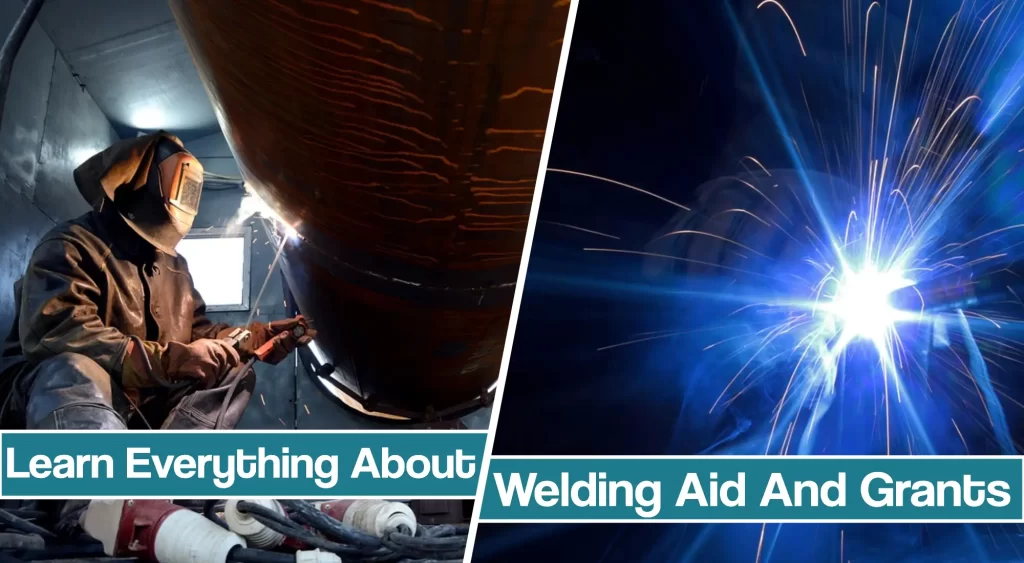
Today, we will guide you through the welder training aid and grants application process to help you get your well-deserved aid or grant.
Setting Your Goals
The second you think about applying for a grant or any financial aid to assist you in the welder training process, you must first determine your goals. To get the funding, your welding training project must comply with grant funders whose mission and goals align with your organization’s mission, goals, and priorities.
To help you understand the process, you should know that there are two types of grant and aid sources:
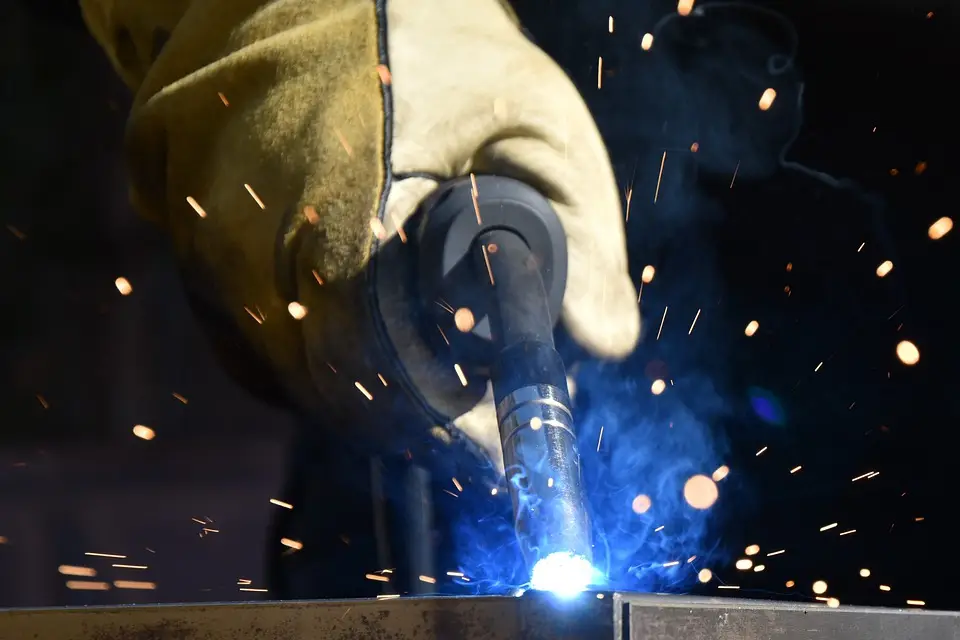
- Federal, state, and local government agencies
- Private, corporate, and public foundations.
Make sure you read the requirements or guidelines. By understanding the needs, you can tailor your application to the funder’s needs. In addition, make sure you respect the deadline, as late applications will most likely finish in the trash.
If you are unsure about specific criteria, it is always good practice to contact the foundation. Reaching a funder is an opportunity to gain between the lines information. In addition, when applying for local aid, you can even get an invitation to meet the officials.
Related: Understanding The AWS Foundation Scholarship Program
Planning and Writing an Application
After choosing a grat that will meet the needs of your welding training program, it is time to write an application. A suitable application will boost your chances of getting any aid, so you must take it really seriously. That’s why you should start working on it as early as possible.
But before writing an application, you must ask yourself if you can implement the project if your grant application is successful. Failing to do so will cost you the aid and any further chances of getting grat for your welding training process.
The key to a successful application is collecting reliable data and statistics. Reliable data will support your understanding of your project’s need or problem. In addition, since grant funders want to know every detail of your project plan, planning and execution are critical to winning a grant.
You will need to be specific and realistic about your results. But, specifying the result is not worth it without measuring their impact on your project and on the problem.
Writing an Application
Once you have done the planning part, it is time to start putting your plan on paper. It is not a secret you will write and re-write it dozens of times, but that’s the key to success.
However, make sure you always follow the instructions. The most common reason the application is declined is that the applicant did not follow the instructions.
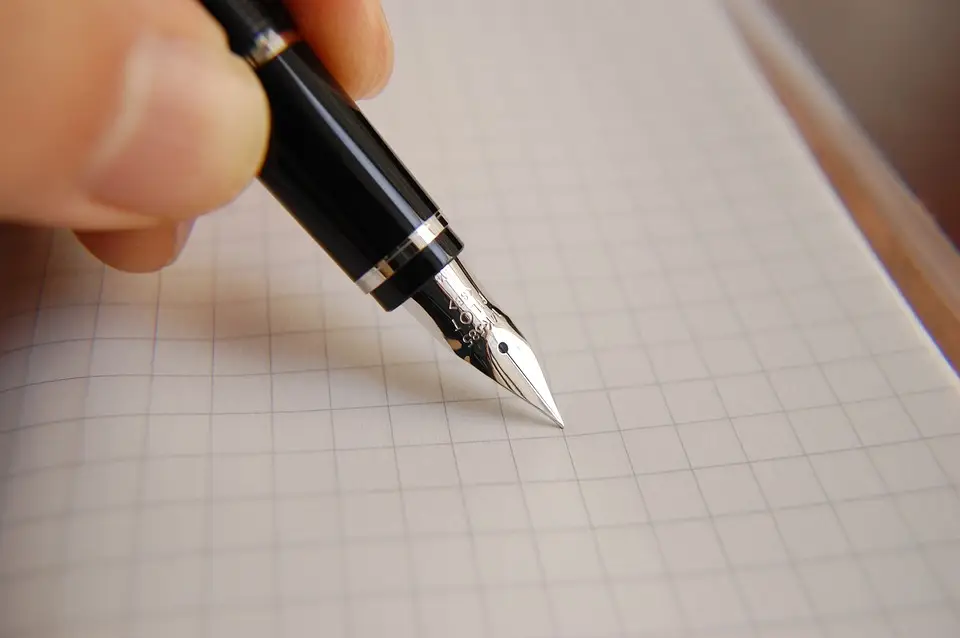
In addition, make sure your draft is edited and proofread, preferably by more than one person. In the end, adjust your vocabulary, avoid jargon, and spell out all acronyms.
Once you are done writing an application, you should respect the deadline and send it. Finally, a well-written and structured application will stand out from the crowd since the administration will have to deal with many requests.
Key Aspects of Application
Even though application requirements may vary, there are some common elements you must answer to. Overall, you are seeking to inform readers about:
- Organizational Background and Capacity
- Why your project is important
- The purpose of your project
- Whether your project is supported by believable evidence
- The goals your project will achieve
- How your project will achieve its purpose (s)
- Whether the cost to conduct your project is reasonable
- How the results will be measured/evaluated
- What will be done with the results
These elements create a framework to support your case for grant funding. However, the requirements may vary, and they might be organized differently.
Let’s take a quick overview of what do they represent.
Organization’s Capacity and Success Record
First, the foundation will need an overview of your organization’s capacity and success record. Consider this a short introduction to how many students, workers, and/or communities it serves each year.
You should also describe a history of working with local partners, including other educational institutions and/or employers. Any experience working with grants will boost your chances, especially if you provide evidence where you successfully introduced a project.
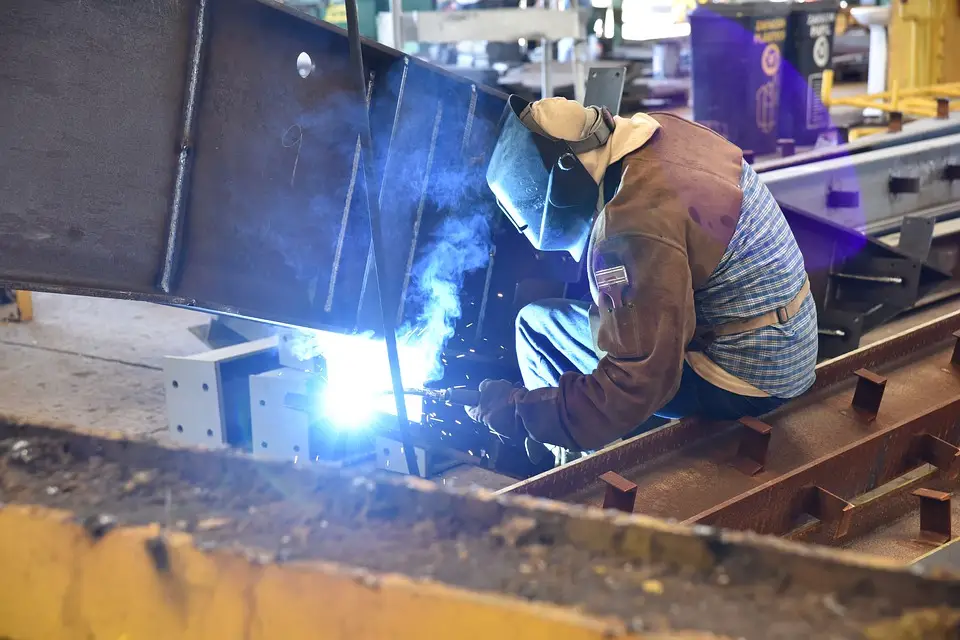
Finally, you should tell the board what makes your organization a good fit for the grant by the end of the first part.
Addressing Problems
Next, you should address the problems and needs of your company or organization. Therefore you should describe how your need or problem aligns with the funder’s grant purpose.
To do so, you will need to provide the most current data, such as the Federal Bureau of Statistics’ information, that directly addresses the problem you are dealing with. In addition, make sure you cite any relative information using the American Psychological Association (APA) style. The committee will know you are not making things up by citing the sources.
Describing Project
Describing the overall plan and project might be the most critical part of the application. You should give enough detail about the project to make it seem achievable and unique.
However, don’t overdo it and make sure your claims are backed by objective evidence. For example, several selected segments of a project description would be helpful to know:
- Population(s) Served: a brief description of the project’s population(s) and numbers to be served.
- Program/Course Identification: what program(s) will you expand or modify?
- Recruitment: how will you recruit participants for the project?
- Partnership Alignment: how will you align with workforce and industry partners on the project?
- Methods of Delivery: how will you deliver education to participants?
- Employment: what strategies will you use to increase employment outcomes?
Welding Training Project Goals
After describing the project, you should take your time to specify the objectives of your project. Goals are expressed in broad terms that solve or alleviate the problem you have mentioned at the start of the application.
Objectives are much more specific and are measurable. To express them, you can use the SMART method: Specific, Measurable, Achievable, Realistic, and Time-bound.
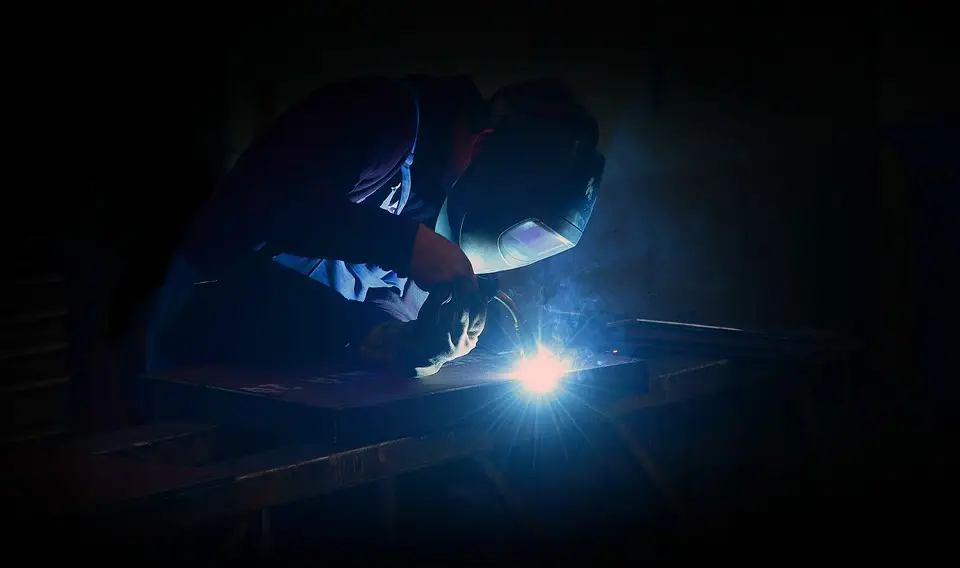
Outcomes of the Project
Next, you will have to project the outcomes of your project. Again, outcomes should be measurable and not too general or vague. For example, your result can be 80% of the welders in the training project will be employed.
A bad example of outcome is that most trainees will be able to weld independently or get employment.
Timeline of the Project
If your project takes time to be implemented, the application may require a detailed timeline. The timeline specifies dates for each phase of the project’s tasks or activities.
Evaluation
You will need to decide who will evaluate the success of the project. Next, the person must determine how they will assess it and when they will do it. Finally, you must choose the criteria that will indicate projects impact the problem or need.
Sustainability
This part will have to discuss how you plan to continue the project after the grant end. For example, can the project be sustained and institutionalized into regular business operations?
You don’t have to make all activities sustainable, but the project should work around it.
Project Budget
Besides the project description, many think that the budget shows the planning capability of each applicant. Therefore, the budget is usually represented in two parts: a table with the exact numbers and a narrative element, also known as the justification of costs.
Each project has two types of costs:
- Direct costs are those made by the project or allocated to it.
- Indirect costs are the expenses that cannot be assigned to a specific project.
The budget narrative should:
- Correspond with the amounts and information on the budget form
- Show how the amounts were derived and how the line item relates to project outcomes.
- Provide a brief description for each item that accurately characterizes how funds (both grant funds and other funds) will be used.
- Organize the information so that it is easy to follow and understand.
- Calculate and recalculate all the costs correctly, including the match figures in the project budget table.
- Realistic prices and clear definitions should reinforce the project activities and your organization’s credibility.
Final Thoughts
Securing a grant may take several attempts. If you don’t get it at first, be persistent and seek funding sources that support your efforts.
The best practice is to seek feedback from the funder for why your application was declined. Then, work with your team and of your mistakes to make sure you are set for success.
In addition, we hope this article helped point out the common mistakes you’ve been making in trying to get an aid or grant.
- Welding Workforce Grant at AWS.org
- National Center for Welding Education and Training
- Welder Training and Qualification at twitraining.com
- Miller Welding Education and Training Systems Grant Assistance Tool at Miller Electric




